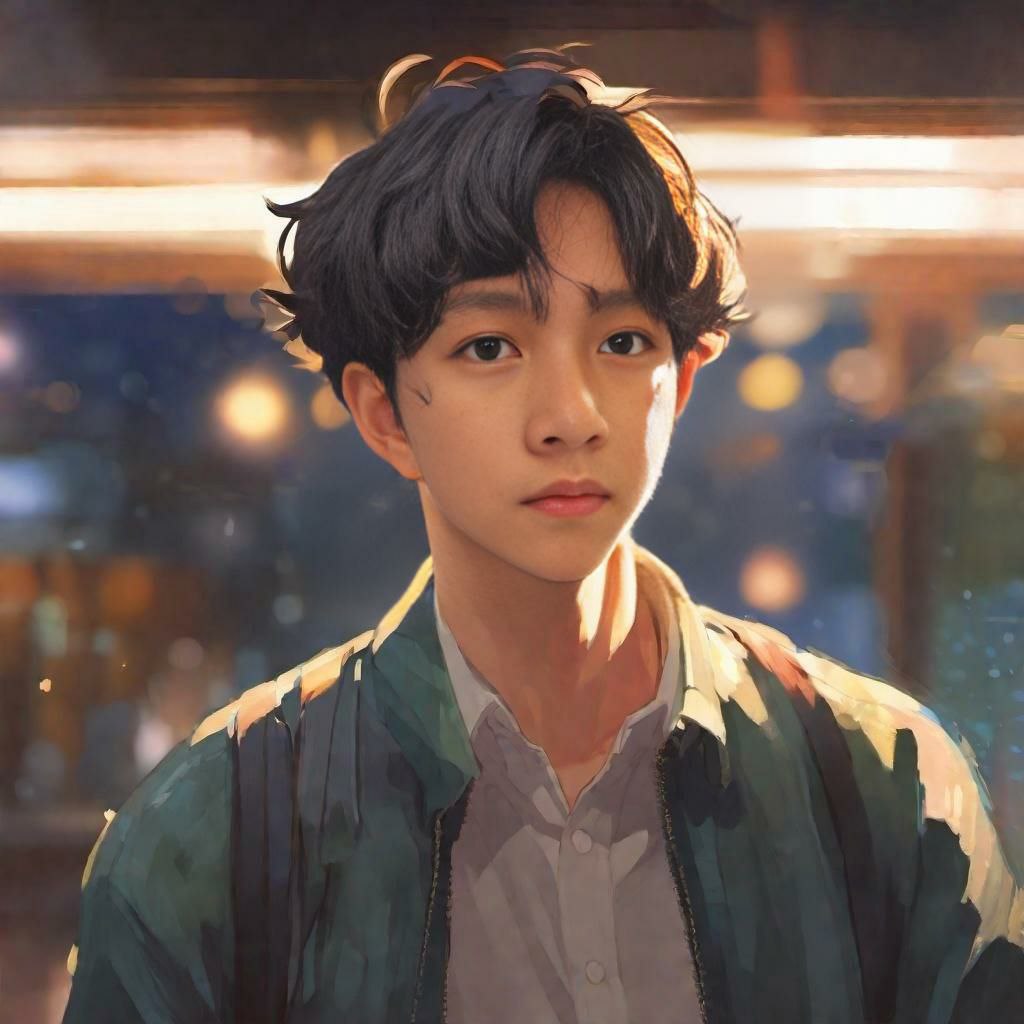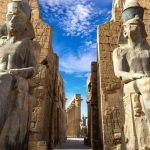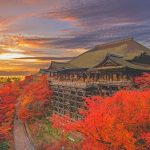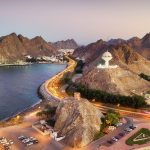August offers ideal conditions for exploring America's most spectacular national parks. Glacier National Park's Going-to-the-Sun Road reaches full accessibility, while Yellowstone's geysers perform against clear summer skies. Olympic National Park's temperate rainforests burst with life, and Denali's wildlife roams freely under extended daylight hours.
Keep reading as we uncover the best national parks to visit in August that will transform your summer into an unforgettable wilderness adventure.
List of Contents
- 1. Glacier National Park: The Crown of the Continent
- 2. Grand Teton National Park: Vertical Drama
- 3. Yellowstone National Park: America's First
- 4. Mount Rainier National Park: Pacific Northwest Icon
- 5. Olympic National Park: Three Parks in One
- 6. North Cascades National Park: American Alps
- 7. Denali National Park: Six Million Acres of Silence
- 8. Kenai Fjords National Park: Glaciers Meet Ocean
- 9. Crater Lake National Park: Deepest Blue
- 10. Sequoia & Kings Canyon National Parks: Land of Giants
- 11. Lassen Volcanic National Park: Active Geology
- 12. Rocky Mountain National Park: Continental Divide
- 13. Isle Royale National Park: Wilderness Island
- 14. Voyageurs National Park: Water Highway
- 15. Acadia National Park: Where Mountains Meet Sea
- Your August Adventure Awaits
1. Glacier National Park: The Crown of the Continent
Glacier's Going-to-the-Sun Road opens completely in August, revealing 50-mile stretches of alpine meadows and pristine lakes. The park holds 26 glaciers, though that number shrinks each year.
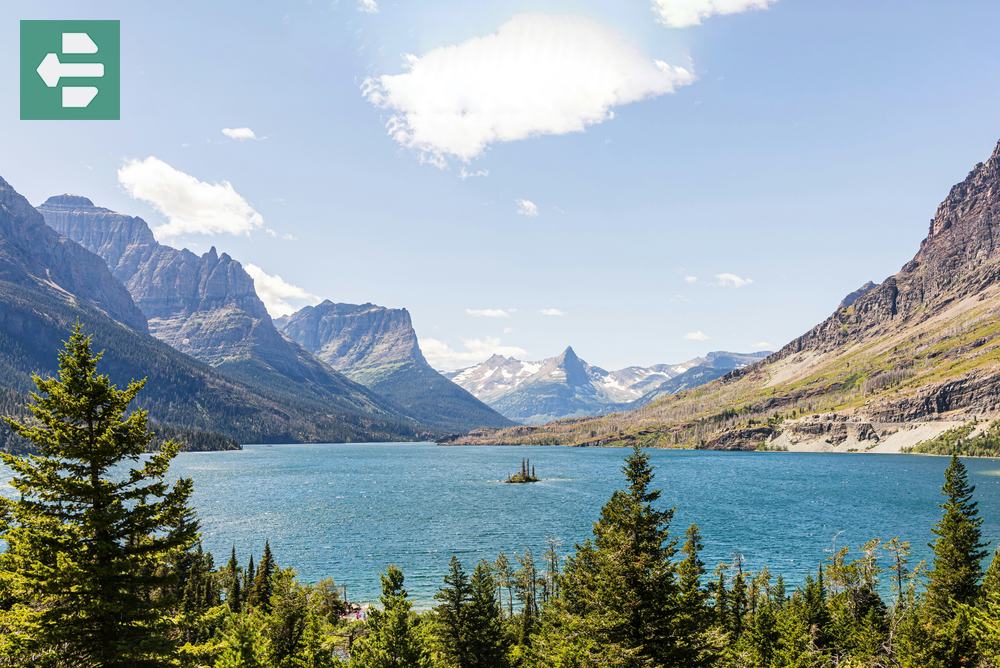
I remember standing at Logan Pass at dawn, watching mountain goats navigate impossible cliff faces while the sun painted the peaks gold. The air was thin and clean, carrying the scent of wildflowers that bloom briefly in this harsh climate.
Hike the Hidden Lake Overlook trail early. By noon, crowds arrive and parking disappears. The trail rewards you with crystal-clear views and curious marmots that pose for photos.
Quick Facts:
- Peak season: July-September
- Access: Fly to Kalispell, drive 30 minutes
- Entry fee: From $35 per vehicle
- Suggested stay: 3-4 days
- Must-see spots: Going-to-the-Sun Road, Hidden Lake, Lake McDonald
2. Grand Teton National Park: Vertical Drama
The Tetons rise 7,000 feet from the valley floor without foothills, creating one of America's most dramatic skylines. August brings wildflower blooms to the meadows and excellent wildlife viewing opportunities.
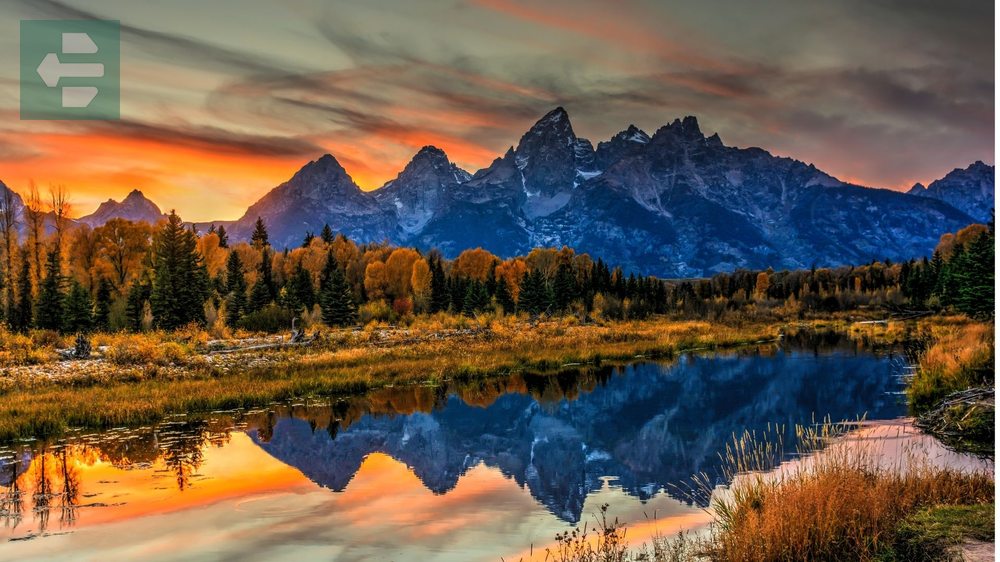
Jenny Lake reflects the mountains perfectly on calm mornings. Take the boat shuttle across and hike to Hidden Falls—it saves two miles of walking and gives you energy for the steeper climb to Inspiration Point.
Moose frequent the Moose-Wilson Road at dawn and dusk. Drive slowly and watch the willows carefully.
Quick Facts:
- Peak season: July-September
- Access: Jackson airport, drive 10 minutes
- Entry fee: From $35 per vehicle
- Suggested stay: 2-3 days
- Must-see spots: Jenny Lake, Jackson Lake, Taggart Lake
3. Yellowstone National Park: America's First
Yellowstone spans 2.2 million acres across three states and contains half the world's geothermal features. August brings warm days and cool nights, perfect for camping and wildlife watching.
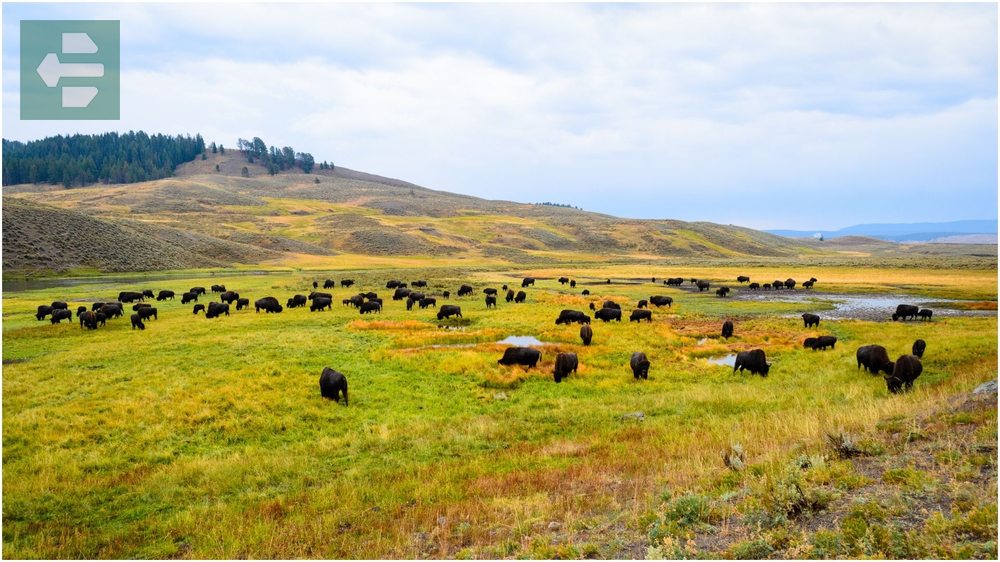
Old Faithful erupts every 90 minutes, but the real magic lies in the less-visited thermal areas. The Grand Prismatic Spring displays colors that seem impossible—electric blues and vibrant oranges created by heat-loving bacteria.
Visit the Lamar Valley at sunrise. Bison herds move like dark clouds across golden grassland, while wolves hunt in packs along the river corridors.
Quick Facts:
- Peak season: July-September
- Access: Multiple entrances, West Yellowstone is closest
- Entry fee: From $35 per vehicle
- Suggested stay: 4-5 days
- Must-see spots: Old Faithful, Grand Canyon of Yellowstone, Lamar Valley
4. Mount Rainier National Park: Pacific Northwest Icon
Mount Rainier dominates the Seattle skyline at 14,411 feet, holding 26 glaciers on its slopes. August reveals subalpine meadows carpeted with lupine, paintbrush, and avalanche lilies.
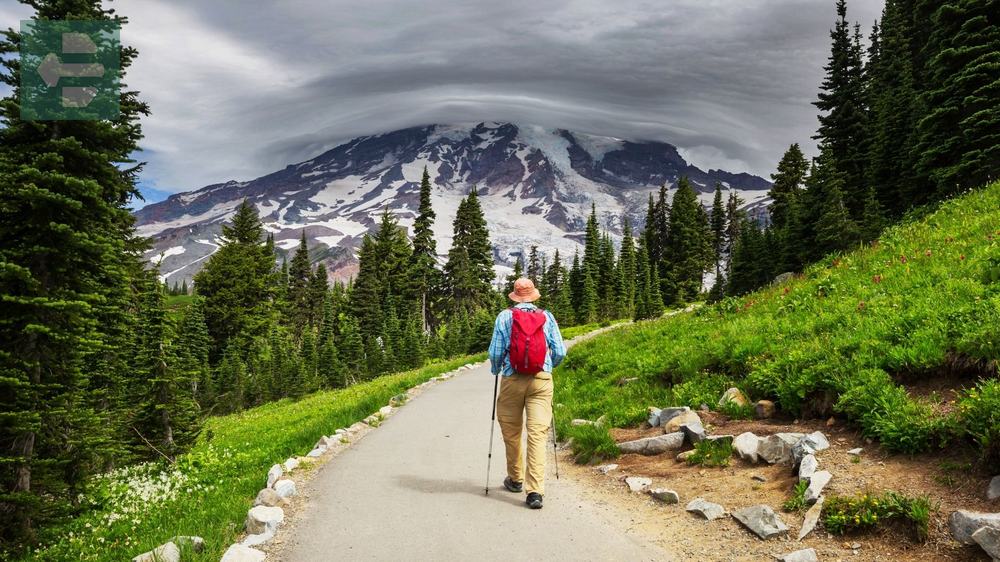
The Wonderland Trail circles the mountain for 93 miles, but day hikers can sample its beauty on shorter sections. Paradise offers the easiest access to flower fields and glacier views.
Rangers recommend starting early—parking fills by 10 AM on weekends. The Skyline Trail from Paradise provides stunning views without technical climbing skills.
Quick Facts:
- Peak season: July-September
- Access: Seattle airport, drive 2 hours
- Entry fee: From $30 per vehicle
- Suggested stay: 2-3 days
- Must-see spots: Paradise, Sunrise, Grove of the Patriarchs
5. Olympic National Park: Three Parks in One
Olympic contains three distinct ecosystems: temperate rainforest, rugged coastline, and alpine peaks. August brings the driest weather, making it ideal for exploring all three zones.

The Hoh Rainforest receives 140 inches of rain annually, creating cathedral-like halls of moss-draped trees. At Ruby Beach, sea stacks rise from tide pools teeming with starfish and anemones.
Hurricane Ridge offers mountain views without the crowds of Mount Rainier. The road winds through forests before opening to meadows where deer graze fearlessly.
Quick Facts:
- Peak season: July-September
- Access: Seattle airport, drive 2-3 hours depending on destination
- Entry fee: From $30 per vehicle
- Suggested stay: 4-5 days
- Must-see spots: Hurricane Ridge, Hoh Rainforest, Ruby Beach
6. North Cascades National Park: American Alps
North Cascades holds more glaciers than any park outside Alaska. August provides the best access to high-elevation trails and crystal-clear alpine lakes.
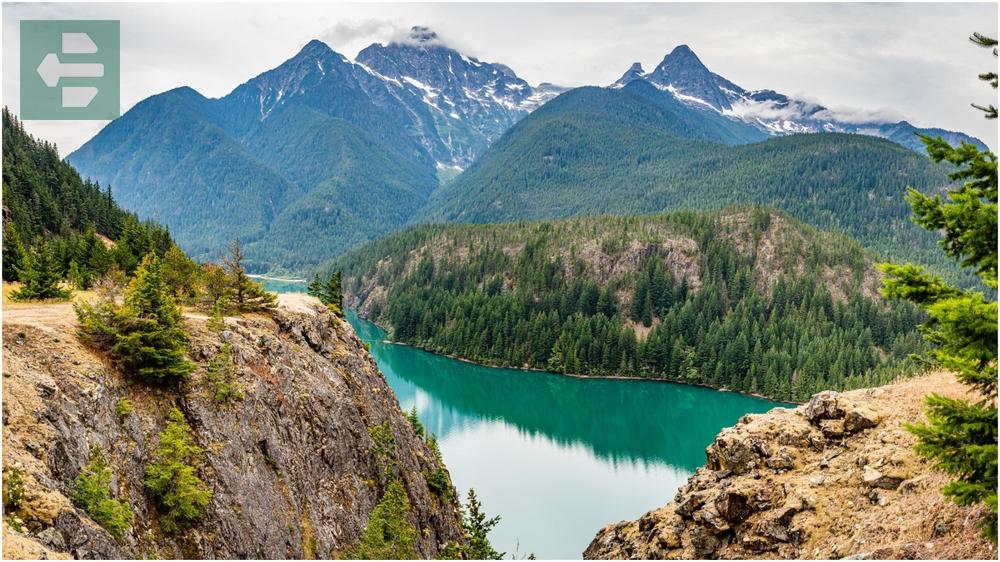
State Route 20 cuts through the park, offering dramatic views without hiking. But the real treasures require effort—Blue Lake Trail leads to water so clear you can see trout swimming 20 feet down.
The park receives fewer visitors than its famous neighbors, creating opportunities for solitude that grow rarer each year in our national parks.
Quick Facts:
- Peak season: July-September
- Access: Seattle airport, drive 2.5 hours
- Entry fee: No entrance fee
- Suggested stay: 2-3 days
- Must-see spots: Blue Lake, Diablo Lake, Washington Pass
7. Denali National Park: Six Million Acres of Silence
Denali protects Alaska's interior wilderness around North America's tallest peak. August offers the warmest weather and longest days, with sunset arriving after 9 PM.
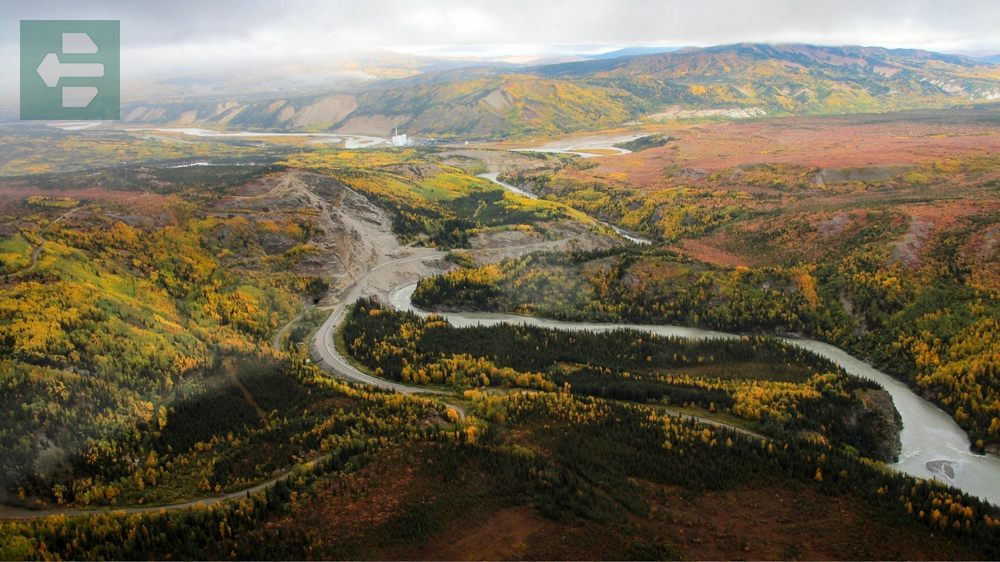
One road penetrates 92 miles into the park, with private vehicles restricted beyond Mile 15. The bus journey becomes part of the experience—slow travel through landscapes that dwarf human scale.
I spent three days without seeing Denali itself, hidden behind clouds. On the fourth morning, the mountain emerged fully revealed, and I understood why locals call it “the great one.” Weather changes quickly here. Pack layers.
Quick Facts:
- Peak season: June-September
- Access: Anchorage airport, drive 4 hours
- Entry fee: From $15 per person
- Suggested stay: 3-4 days
- Must-see spots: Wonder Lake, Eielson Visitor Center, Savage River
8. Kenai Fjords National Park: Glaciers Meet Ocean
Kenai Fjords showcases Alaska's coastal wilderness where glaciers flow directly into the sea. August brings calm waters ideal for boat tours and sea kayaking.
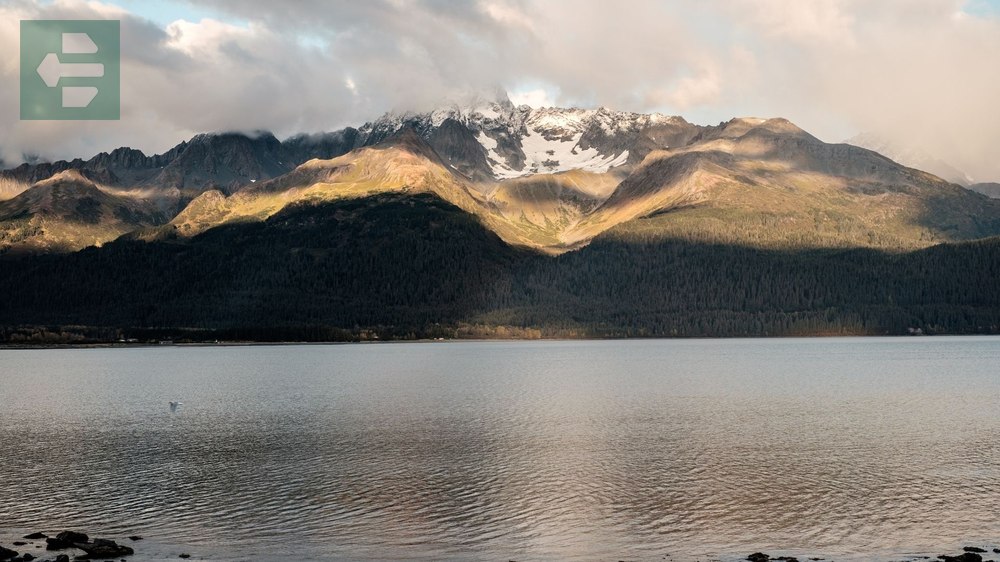
Exit Glacier offers the park's only road-accessible ice, with trails leading to its terminus. The glacier has retreated significantly—markers show where ice reached just decades ago.
Boat tours from Seward reveal fjords carved by ice over millennia. Humpback whales feed in these rich waters, while sea otters float on their backs, cracking open sea urchins.
Quick Facts:
- Peak season: May-September
- Access: Anchorage airport, drive 2.5 hours to Seward
- Entry fee: No entrance fee (boat tours extra)
- Suggested stay: 2 days
- Must-see spots: Exit Glacier, Resurrection Bay, Aialik Bay
9. Crater Lake National Park: Deepest Blue
Crater Lake fills a collapsed volcano caldera, creating America's deepest lake at 1,943 feet. August brings clear skies that reveal the water's impossible blue color.
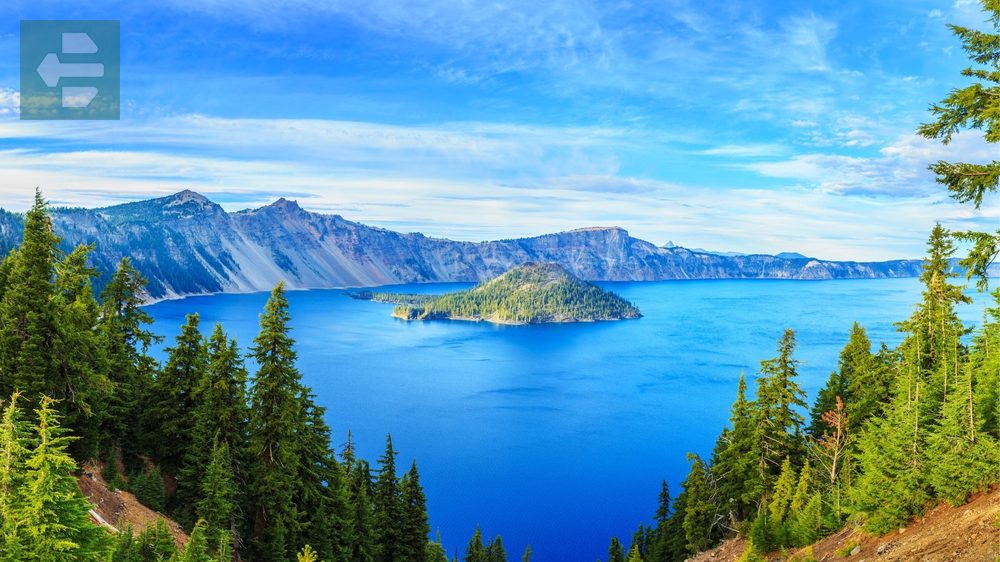
The 33-mile Rim Drive circles the caldera, offering views that change with each curve. Wizard Island rises from the lake's center like a smaller volcano—which it is.
Rangers lead boat tours to the island, but seats fill quickly. The steep trail down to the water requires good fitness and sturdy shoes. Swimming is allowed but cold—water temperature rarely exceeds 60 degrees.
Quick Facts:
- Peak season: July-October
- Access: Fly to Portland, drive 4.5 hours
- Entry fee: From $30 per vehicle
- Suggested stay: 2 days
- Must-see spots: Rim Drive, Wizard Island, Mount Scott
10. Sequoia & Kings Canyon National Parks: Land of Giants
These adjoining parks protect the world's largest trees by volume and some of America's deepest canyons. August brings perfect conditions for exploring both high country and giant groves.
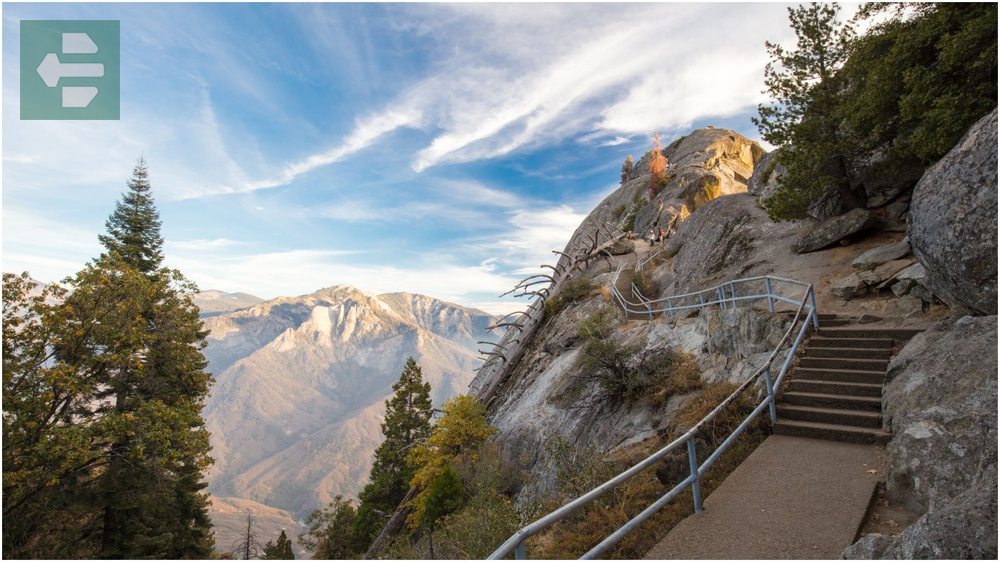
General Sherman stands 275 feet tall and measures 36 feet in diameter—numbers that fail to convey its overwhelming presence. The tree has lived for approximately 2,500 years, predating the Roman Empire.
Drive the Kings Canyon Scenic Byway to Cedar Grove, where granite walls rise 8,000 feet from the valley floor. Few crowds penetrate this far, despite scenery rivaling Yosemite.
Quick Facts:
- Peak season: May-October
- Access: Fresno airport, drive 1.5 hours
- Entry fee: From $35 per vehicle
- Suggested stay: 3-4 days
- Must-see spots: General Sherman, Moro Rock, Kings Canyon Scenic Byway
11. Lassen Volcanic National Park: Active Geology
Lassen showcases all four types of volcanoes and remains one of America's most geologically active areas. August offers snow-free access to high-elevation trails and thermal features.
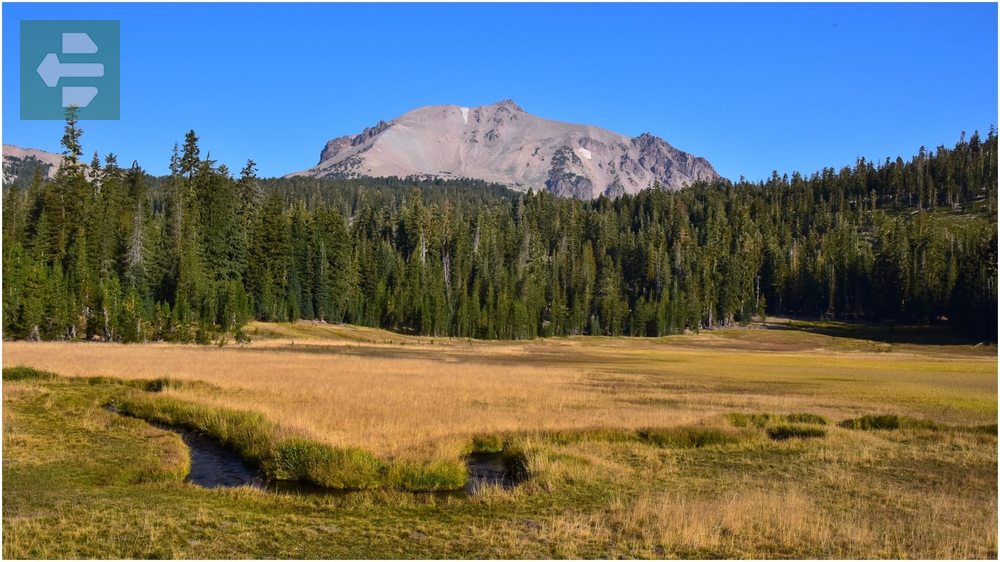
Bumpass Hell bubbles with mud pots and steam vents that remind visitors this volcano last erupted in 1917. The boardwalk protects both visitors and fragile formations.
Cinder Cone provides a moderate hike with extraordinary views. The trail crosses the Painted Dunes—multicolored volcanic ash that shifts like sand beneath your feet.
Quick Facts:
- Peak season: June-October
- Access: Sacramento airport, drive 3 hours
- Entry fee: From $30 per vehicle
- Suggested stay: 2-3 days
- Must-see spots: Bumpass Hell, Cinder Cone, Manzanita Lake
12. Rocky Mountain National Park: Continental Divide
Rocky Mountain protects 415 square miles of Colorado's Front Range, with 60 peaks exceeding 12,000 feet. August brings wildflowers to alpine meadows and reliably clear weather.
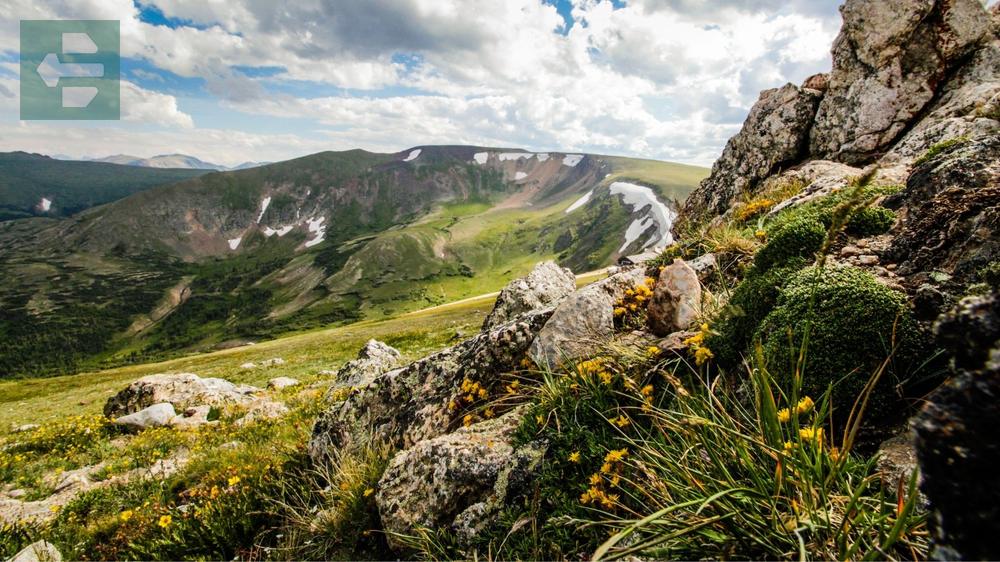
Trail Ridge Road climbs to 12,183 feet, making it America's highest continuous paved road. The drive crosses alpine tundra where pikas whistle warnings from rocky slopes.
Arrive at popular trailheads before 7 AM. Parking fills quickly, and afternoon thunderstorms develop regularly above treeline. Lightning poses real danger in exposed areas.
Quick Facts:
- Peak season: June-September
- Access: Denver airport, drive 1.5 hours
- Entry fee: From $30 per vehicle
- Suggested stay: 2-3 days
- Must-see spots: Trail Ridge Road, Bear Lake, Alberta Falls
13. Isle Royale National Park: Wilderness Island
Isle Royale floats in Lake Superior, accessible only by boat or seaplane. August brings the warmest weather and best conditions for backpacking this roadless wilderness.
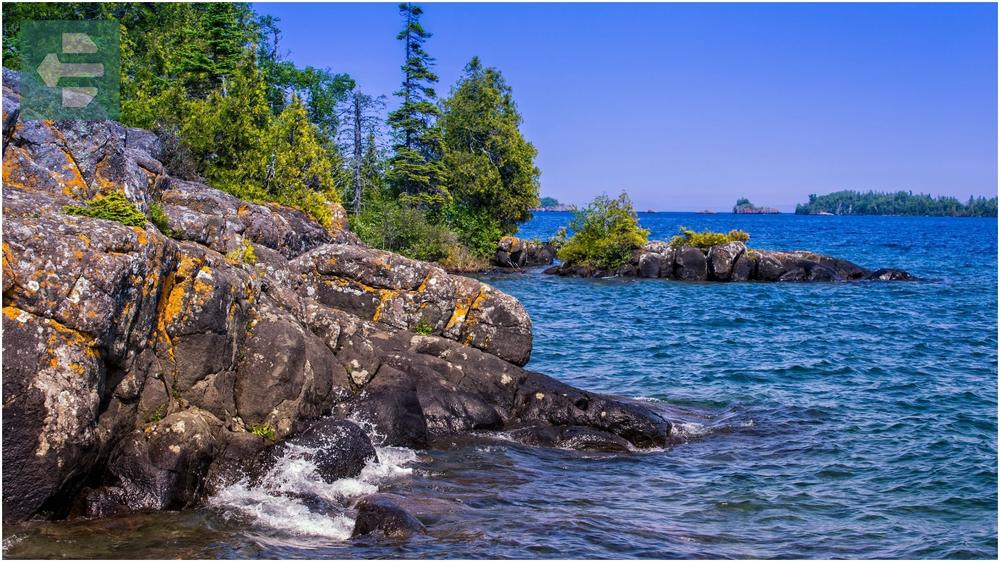
Wolves and moose have created the world's longest-running predator-prey study here since 1958. The island ecosystem demonstrates nature's balance in isolation.
No roads exist—only 165 miles of hiking trails connecting rocky shorelines to inland ridges. Bring everything you need. The island's remoteness rewards visitors with solitude that grows rarer in our connected world.
Quick Facts:
- Peak season: June-September
- Access: Boats from Grand Portage, MN or Houghton, MI
- Entry fee: From $7 per day
- Suggested stay: 3-7 days
- Must-see spots: Scoville Point, Mount Franklin, Rock Harbor
14. Voyageurs National Park: Water Highway
Voyageurs preserves the waterways that French-Canadian fur traders once traveled. August provides ideal conditions for canoeing, kayaking, and houseboat adventures.
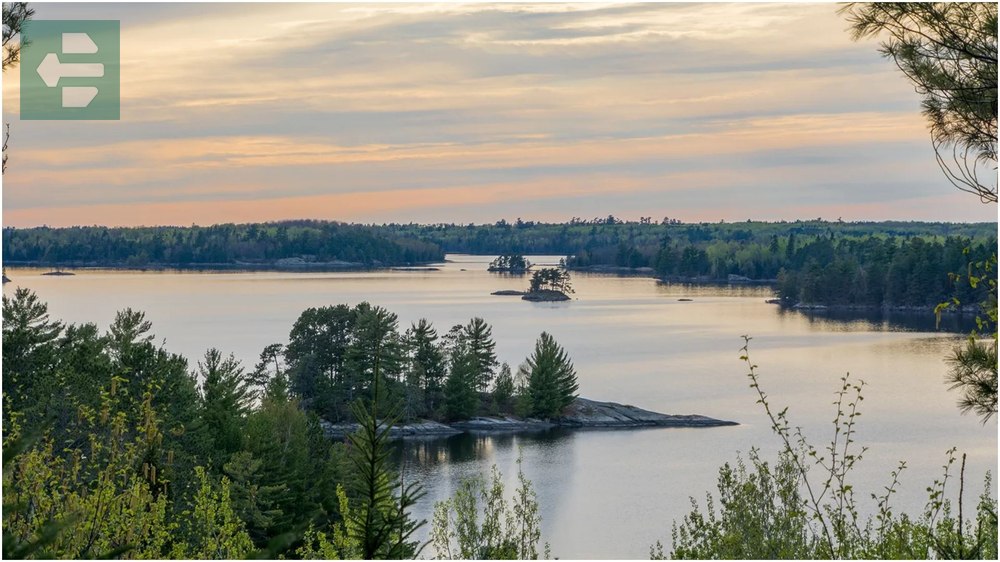
Four major lakes connect through channels and portages, creating a water-based wilderness experience. Bald eagles nest along rocky shores while loons call across morning mist.
The park requires watercraft for full exploration—no roads penetrate its interior. Rent equipment in nearby towns or join ranger-led programs that provide boats and expertise.
Quick Facts:
- Peak season: May-September
- Access: Minneapolis airport, drive 4 hours
- Entry fee: No entrance fee
- Suggested stay: 2-3 days
- Must-see spots: Kabetogama Lake, Ash River, Kettle Falls
15. Acadia National Park: Where Mountains Meet Sea
Acadia combines rocky coastline with forested mountains on Maine's Mount Desert Island. August brings warm days perfect for hiking and cool evenings ideal for lobster dinners.
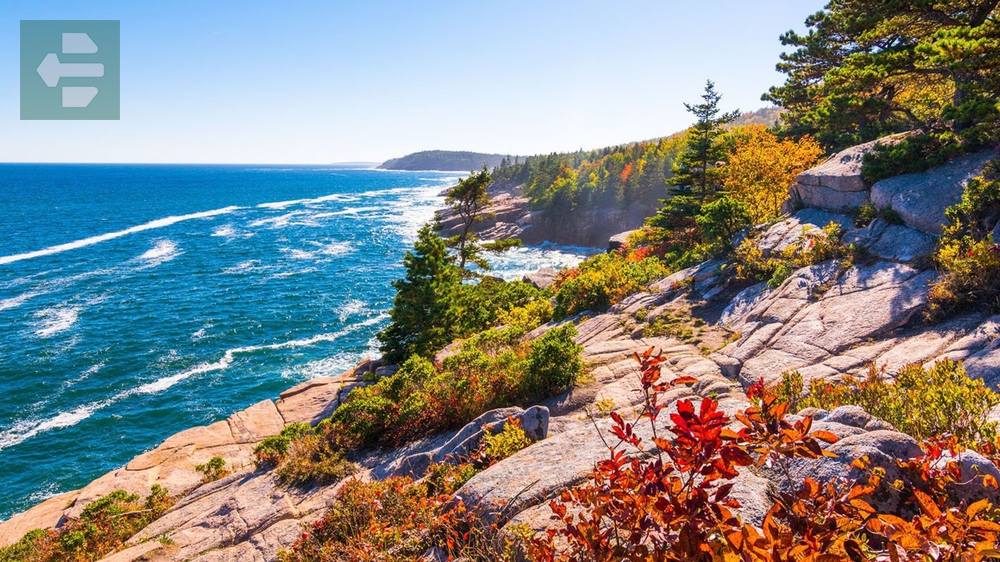
Cadillac Mountain offers the first sunrise view in America from October through March. The 3.5-mile Park Loop Road provides scenic driving, while carriage roads offer car-free cycling through John D. Rockefeller Jr.'s gift to the park.
Bar Harbor serves as the gateway town, filled with restaurants serving fresh seafood. Try the blueberry pie—Maine blueberries ripen perfectly in August.
Quick Facts:
- Peak season: July-September
- Access: Portland or Bangor airports, drive 1-3 hours
- Entry fee: From $30 per vehicle
- Suggested stay: 2-3 days
- Must-see spots: Cadillac Mountain, Jordan Pond, Thunder Hole
Your August Adventure Awaits
These best national parks to visit in August offer diverse experiences across America's most spectacular landscapes. From Alaska's endless wilderness to Maine's rugged coast, each destination rewards visitors with memories that last lifetimes.
August provides ideal conditions for outdoor adventures—long days, warm weather, and accessible trails. Pack your gear, check park websites for current conditions, and prepare for landscapes that will change how you see the natural world.
The mountains are calling, and August is the perfect time to answer.

